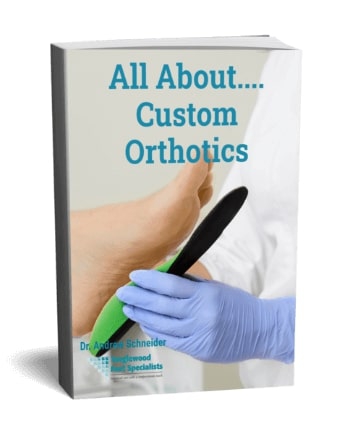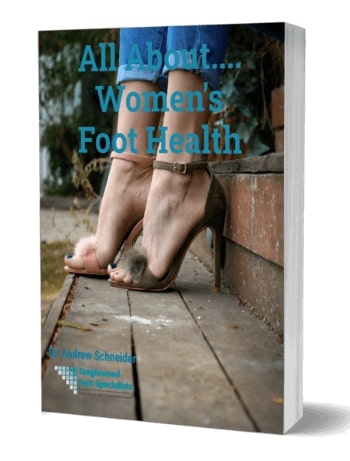Understanding Custom Orthotics
When it comes to foot support, not all inserts are created equal. Custom orthotics are prescription medical devices specifically designed to address your unique foot structure and biomechanical needs. Unlike over-the-counter insoles, custom orthotics are crafted based on a detailed examination of your feet, gait, and specific conditions.
These specialized devices serve as more than simple cushioning—they're precision-engineered tools that can correct biomechanical issues, provide targeted support, and address specific foot conditions. Understanding the significant differences between custom orthotics and store-bought insoles can help you make informed decisions about your foot health.
Key Differences from Store-Bought Insoles
While both custom orthotics and over-the-counter insoles fit inside your shoes, the similarities largely end there. Several fundamental differences set these devices apart.
Critical distinctions include:
- Custom orthotics are prescribed and designed specifically for your feet
- Store insoles use a one-size-fits-most approach
- Custom devices address your unique biomechanical needs
- Prescription orthotics are made with higher-quality, longer-lasting materials
- Custom orthotics correct functional issues, not just provide cushioning
- Professional devices are backed by medical expertise and follow-up care
Want to learn more about custom orthotics? Download our free guide to understand how they differ from store-bought insoles.
The Benefits of Custom Orthotics
Custom orthotics offer numerous advantages over generic insoles, providing both immediate comfort and long-term health benefits.
Key benefits include:
- Precise support for your specific foot structure
- Correction of biomechanical issues that cause pain
- Relief from conditions like plantar fasciitis and metatarsalgia
- Improved alignment of feet, ankles, knees, and hips
- Enhanced athletic performance and reduced injury risk
- Greater durability and long-term value
Ready to experience the benefits of custom orthotics? Request a consultation with our experienced team to discuss if they're right for you.




